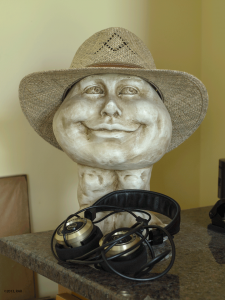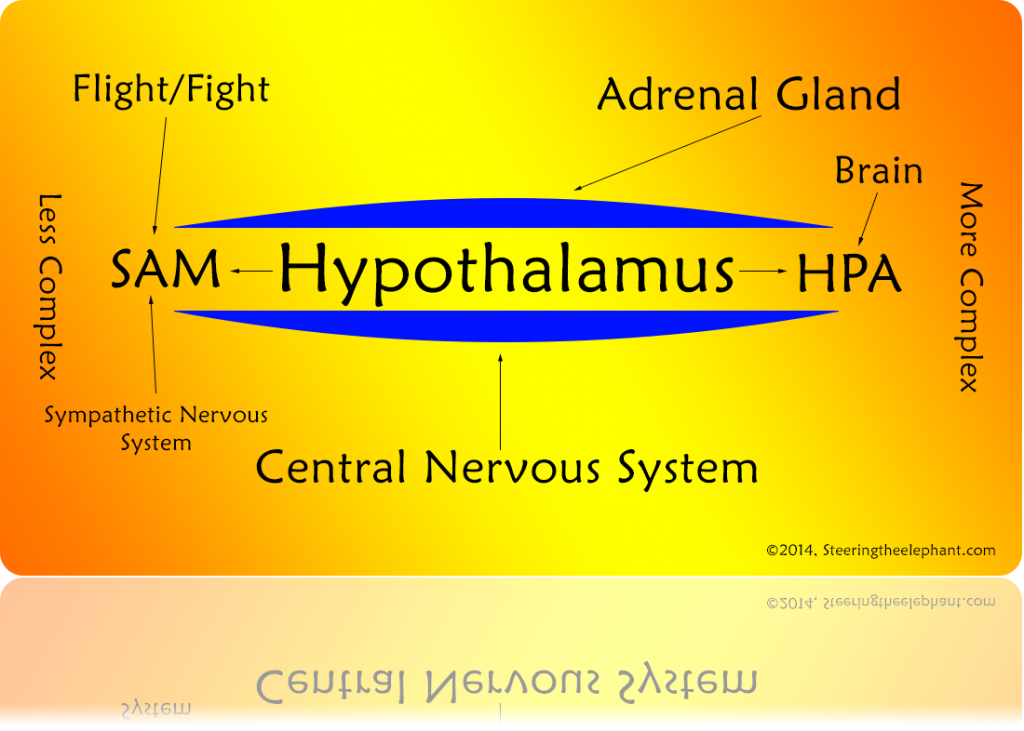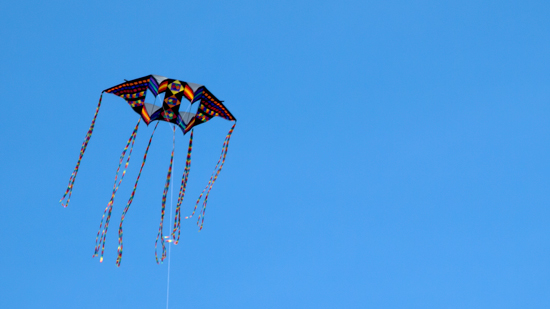 I take a lot of pictures for all sorts of reasons, but one is to force me to be in the moment. I started my journey with photography when I was 13 years old, using a Kodak Instamatic 404. In my teens I progressed to a Miranda Sensorex, producing images for three high school yearbooks, and further use through my college years. I learned early on that a high quality picture was more than pushing a button to release the shutter. Education and reading certainly helped in understanding the photographic process, but in order for that knowledge to sink in required taking thousands of pictures in all types of lighting situations with numerous types of film. In the beginning the number of good images to bad images was a minuscule percentage. On the up side, that one really good image was enough to bring me back to take a few more.
I take a lot of pictures for all sorts of reasons, but one is to force me to be in the moment. I started my journey with photography when I was 13 years old, using a Kodak Instamatic 404. In my teens I progressed to a Miranda Sensorex, producing images for three high school yearbooks, and further use through my college years. I learned early on that a high quality picture was more than pushing a button to release the shutter. Education and reading certainly helped in understanding the photographic process, but in order for that knowledge to sink in required taking thousands of pictures in all types of lighting situations with numerous types of film. In the beginning the number of good images to bad images was a minuscule percentage. On the up side, that one really good image was enough to bring me back to take a few more.
Back then, the concept of shooting in manual meant not using the camera’s rather simple light meter – a far cry from what that means today in our digital camera world of auto everything. I am glad that I had to learn the basics of photography by using a non-automated camera. Film was (and still is) expensive, from purchasing the roll to developing and printing it. Even if you developed your own black and white photos (which is a very cool, rewarding way to spend a few hours), the cost was not insignificant – enlargers, chemicals, paper, and accessories. It was financially advantageous to remember that taking a picture was a process. A by-product of that understanding of process is emotional and mental focus.
Today I use a digital, mirrorless camera, an Olympus OM-D E-M1, and depending on the situation I shoot in manual mode. Most of the time I set the mode dial to aperture priority, sometimes manually focusing, or changing the light compensation value, or the f value. Even with all of the sophistication of this camera, I still have to take my time and remember the steps needed to take a good picture – how much light is available, how much depth of field do I want, what lens am I using, what shutter speed do I want, why take the picture, and how do I want to visualize the final image. A terrific mindful activity. When I am taking a picture, I can not be thinking of anything else. Time slows down.
I still read a lot and the Web has been invaluable for me. One site that I visit a lot is The Online Photographer, edited by Mike Johnston. Mike had a request the other day for readers to send in a picture of a new camera, and for those who did not have a new camera, to send in one of their oldest cameras. I no longer have the Instamatic or the Sensorex. I went looking for my oldest.
This was my birthday present when I was 30. It was THE camera from the ’80’s to the early 2000’s for me. I used it so much, I wore the pleather cover off of it. Now it has this interesting canvas look. It never let me down.
I took this earlier today. I like the lens so much that I still use it on my E-M1, manually focusing it. Some of the pictures on this site were taken with this lens. I am glad Mike made the request because it reminded me of the great times I had using this camera, all of the practice, and all of the prints. It was good visiting with an old friend, reminding myself about the importance of process, and reminiscing.
















